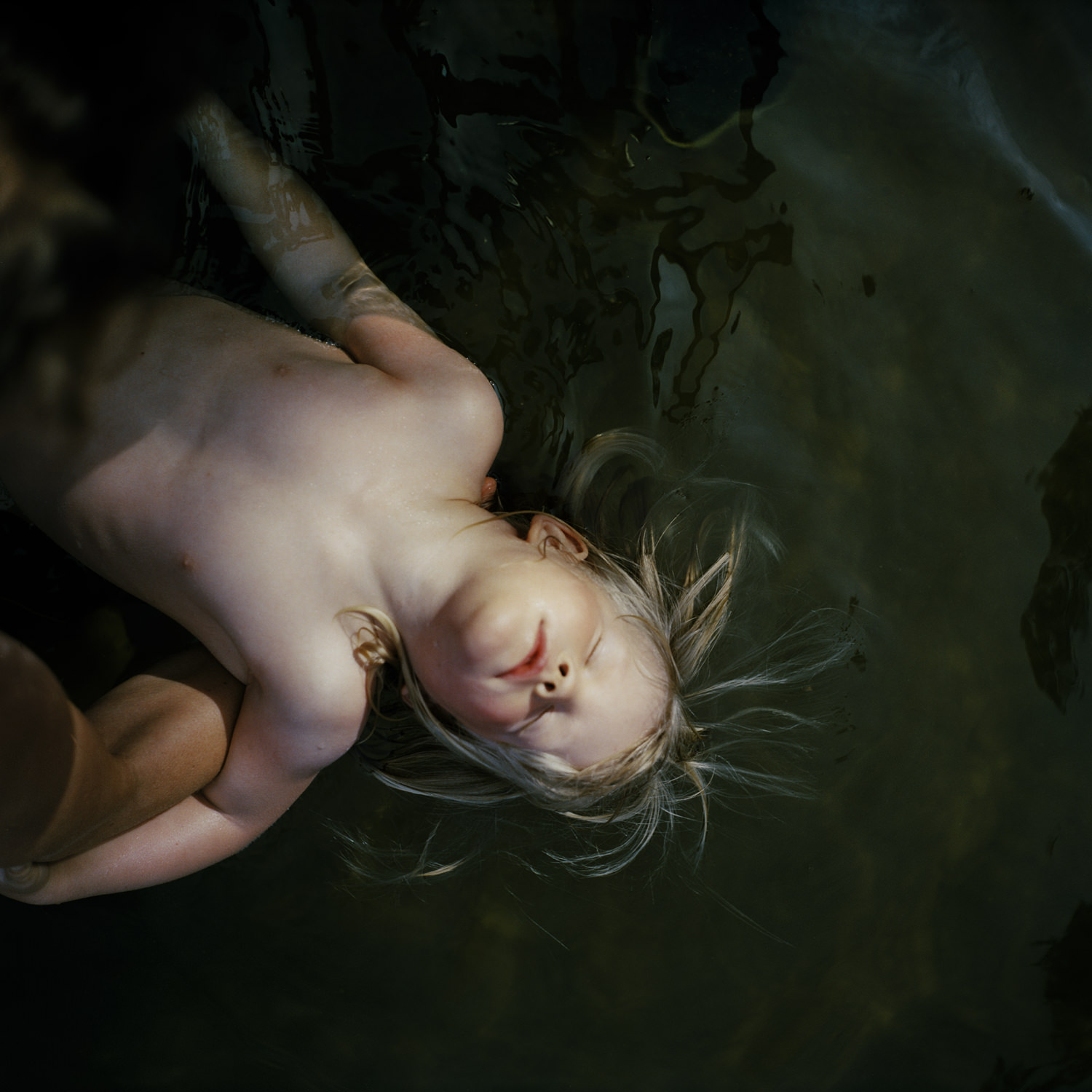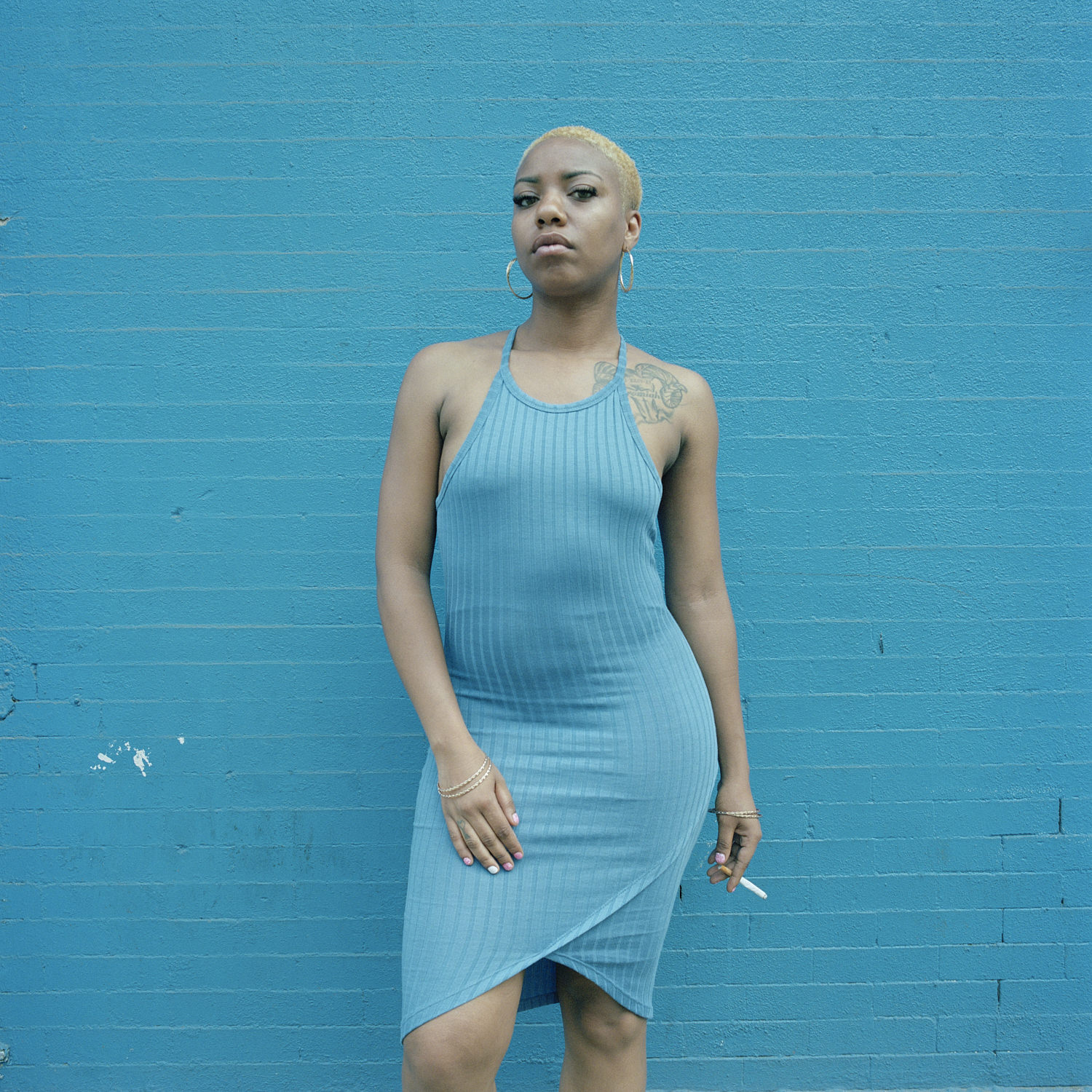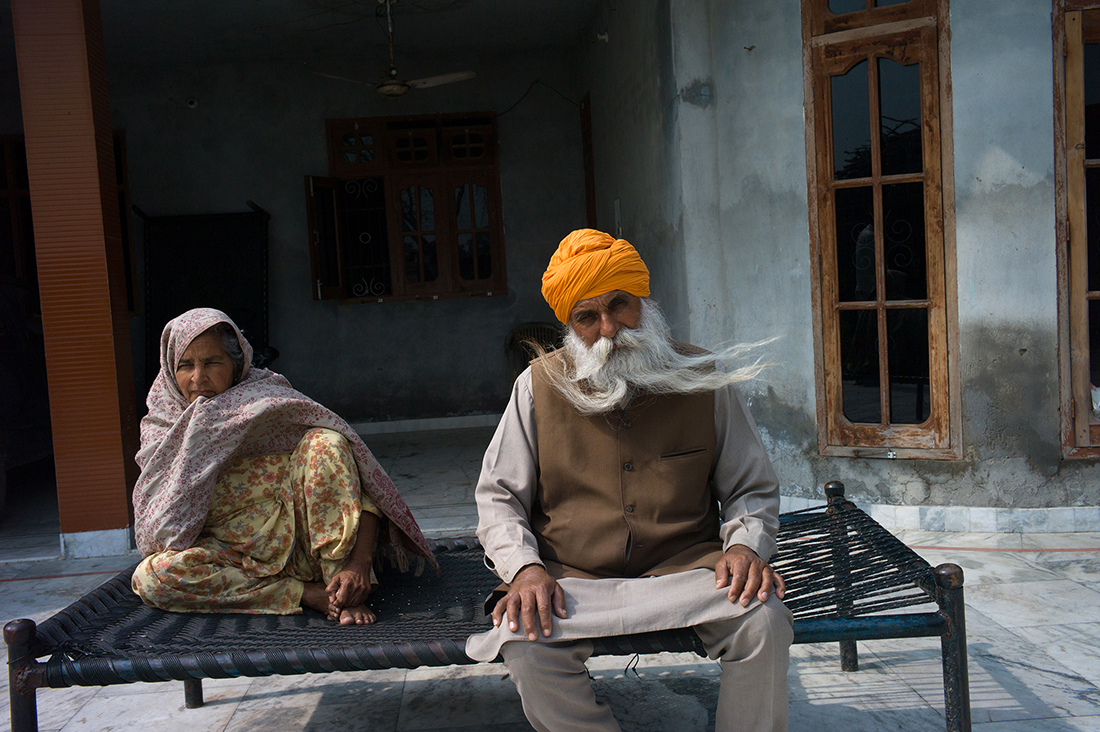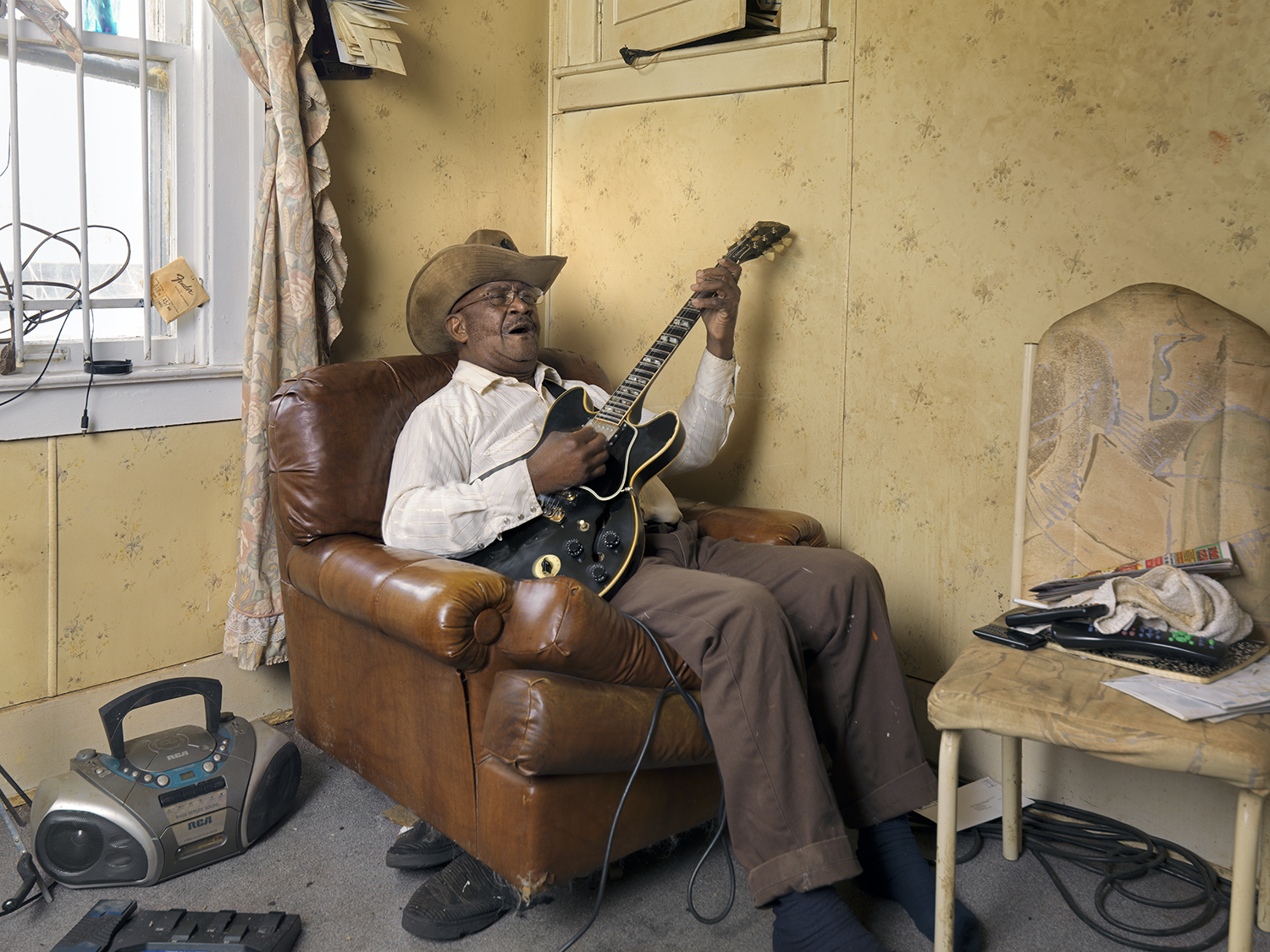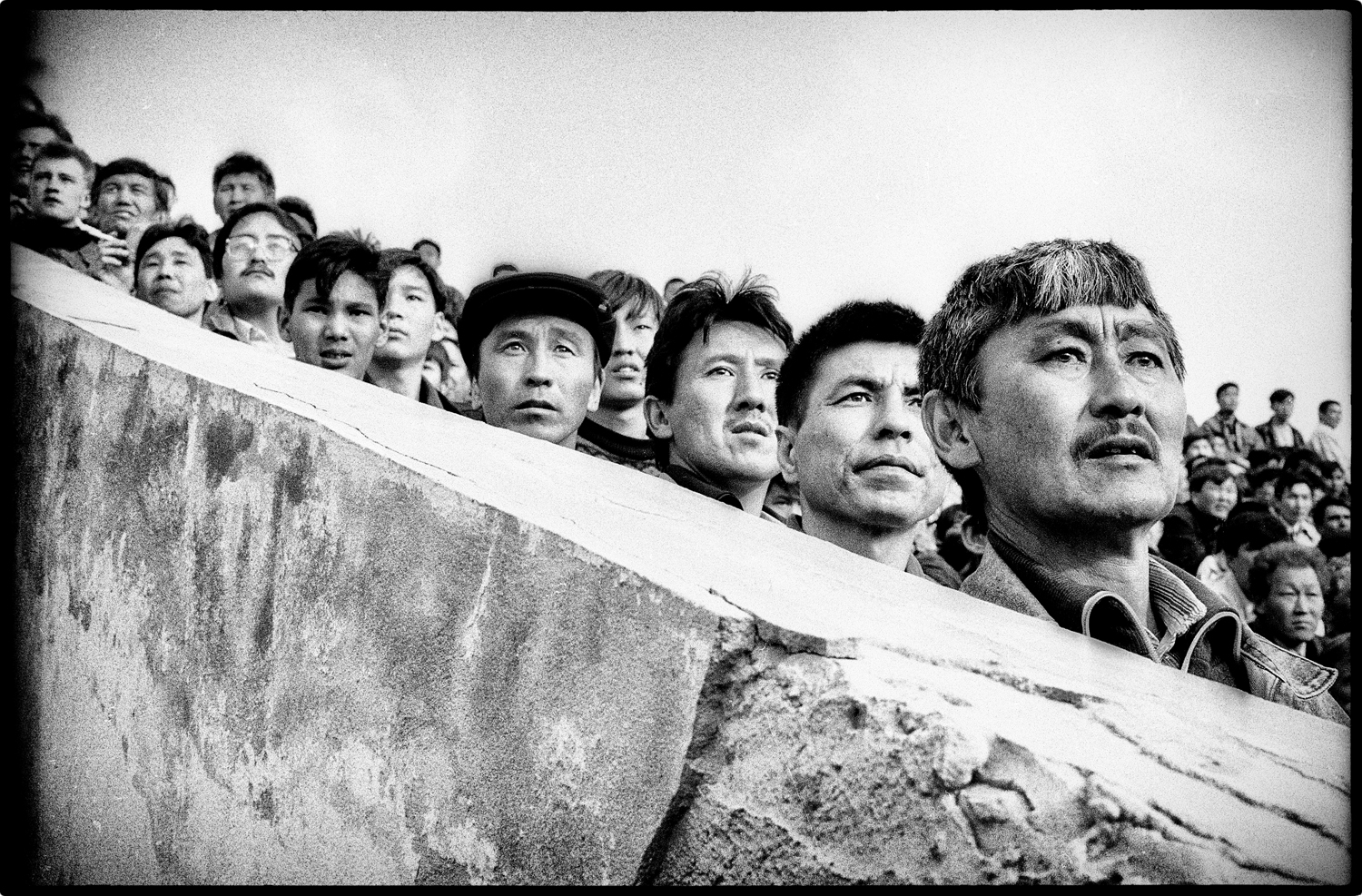
When I was 16, my parents sent me to a public school in Honfleur. Then one day I had cerebral spinal meningitis and stayed in a coma for three days. When I wake up, my parents ask me what I would like. I’m asking them for an Edixa mat reflex. That was the camera I was dreaming of. That’s how I started making my first pictures with the desire to go further. Later, I work for a year in the lab of a professional newspaper, a job that saves me money, and buys two Pentax. I buy a train ticket for Istanbul with the idea of not coming back to France.
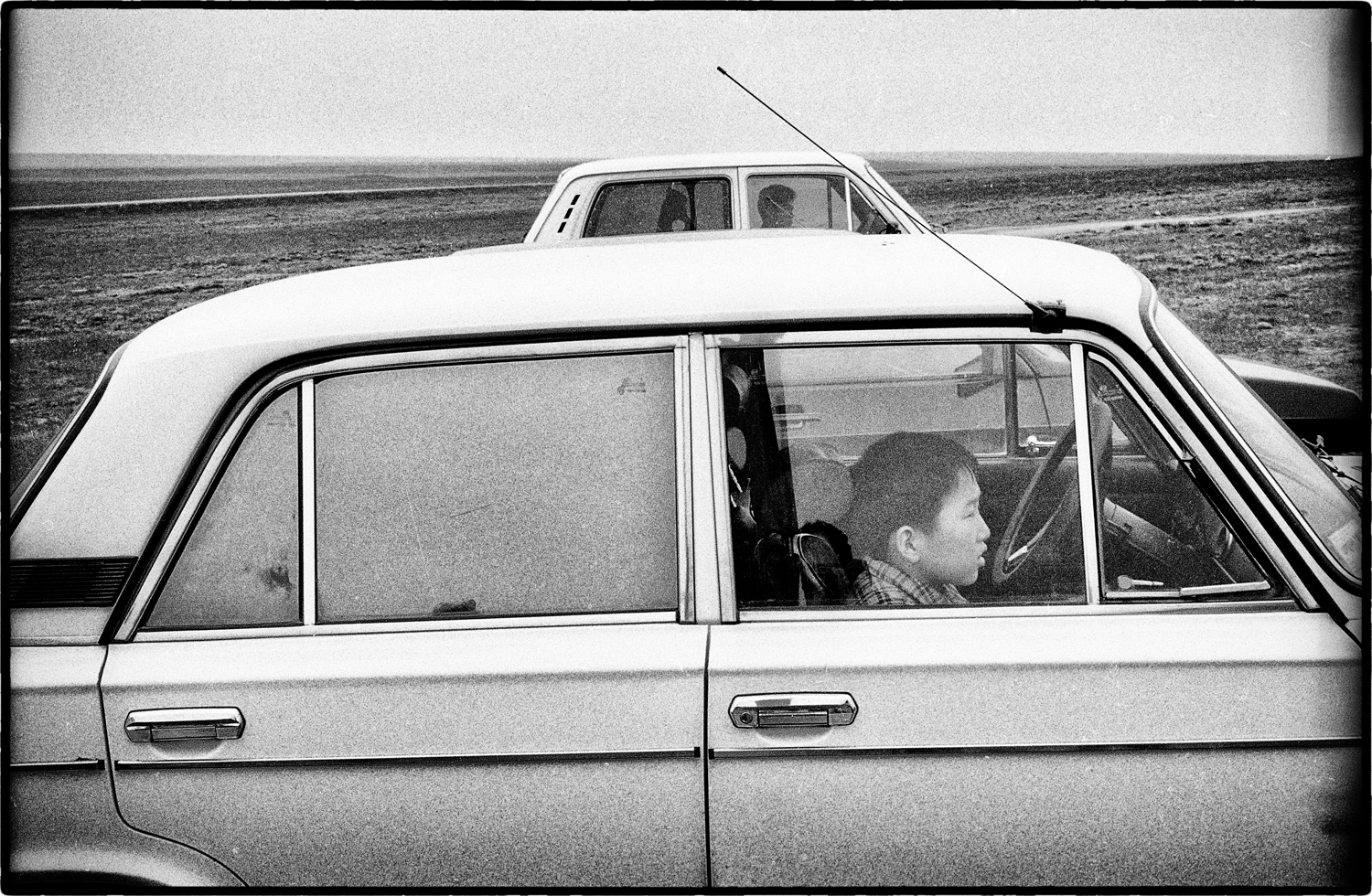
Turkey, Iran, India, Nepal, South East Asia, the way of the backpackers, before landing in Israel in 68. Kibbutz’s first bombardments from Syria, then Jordan. I met an American woman that I decided to join in New York in 1971. His father worked as the director of a science magazine. They had among their friends the photo director of the NY Times, John Morris. I’m getting an appointment. John looked at my pictures and said « It’s not very exciting », inviting me to call him back in two days. He invited me to a barbecue at the photographer Eddy Adams’ house. John’s son Oliver Morris, a member of the Soho photo gallery, is present. He’s inviting me to the gallery. I then began to insert myself into a photographic community and I obtained a modest first exhibition of my travel photos around the world.
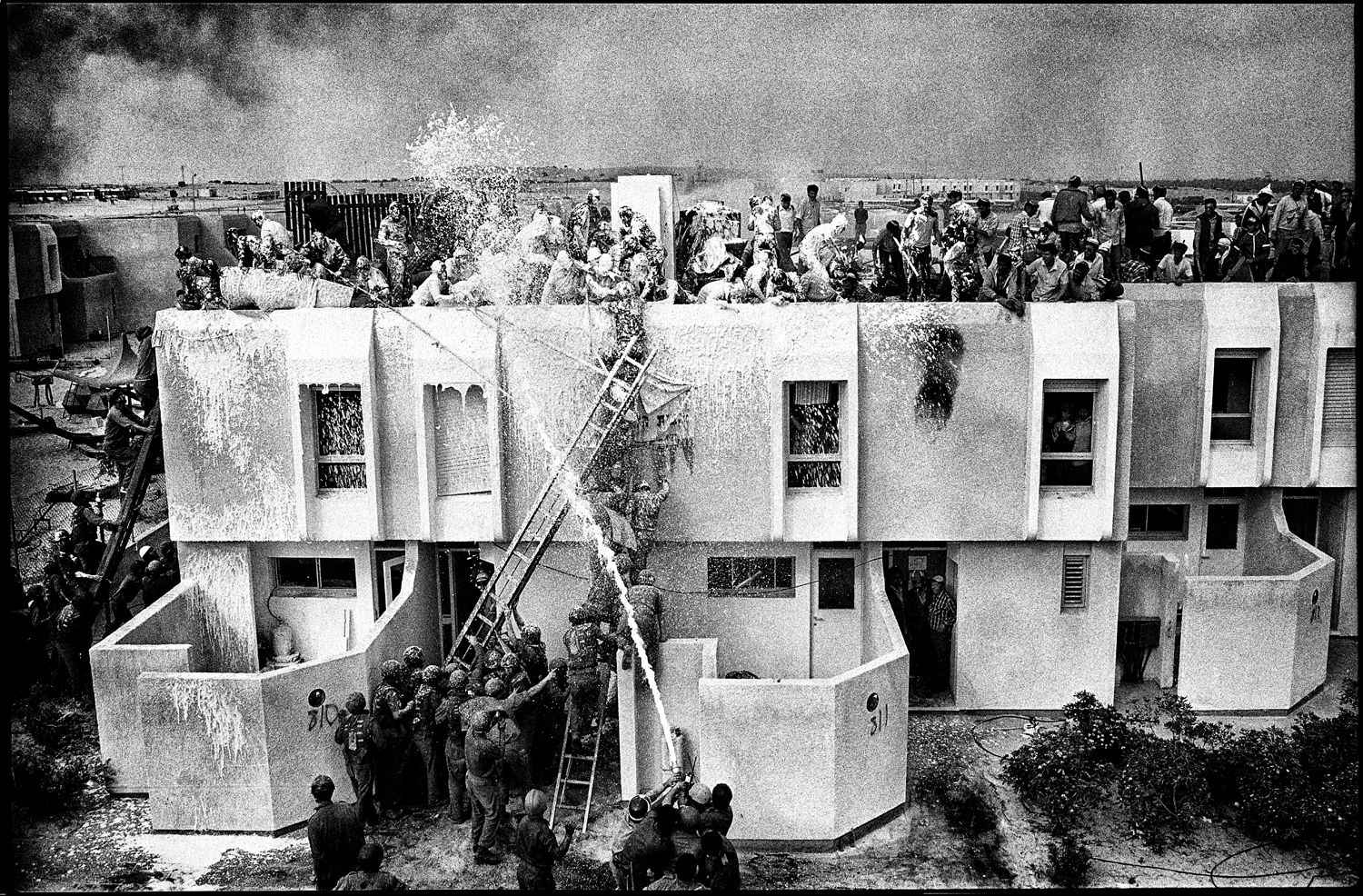
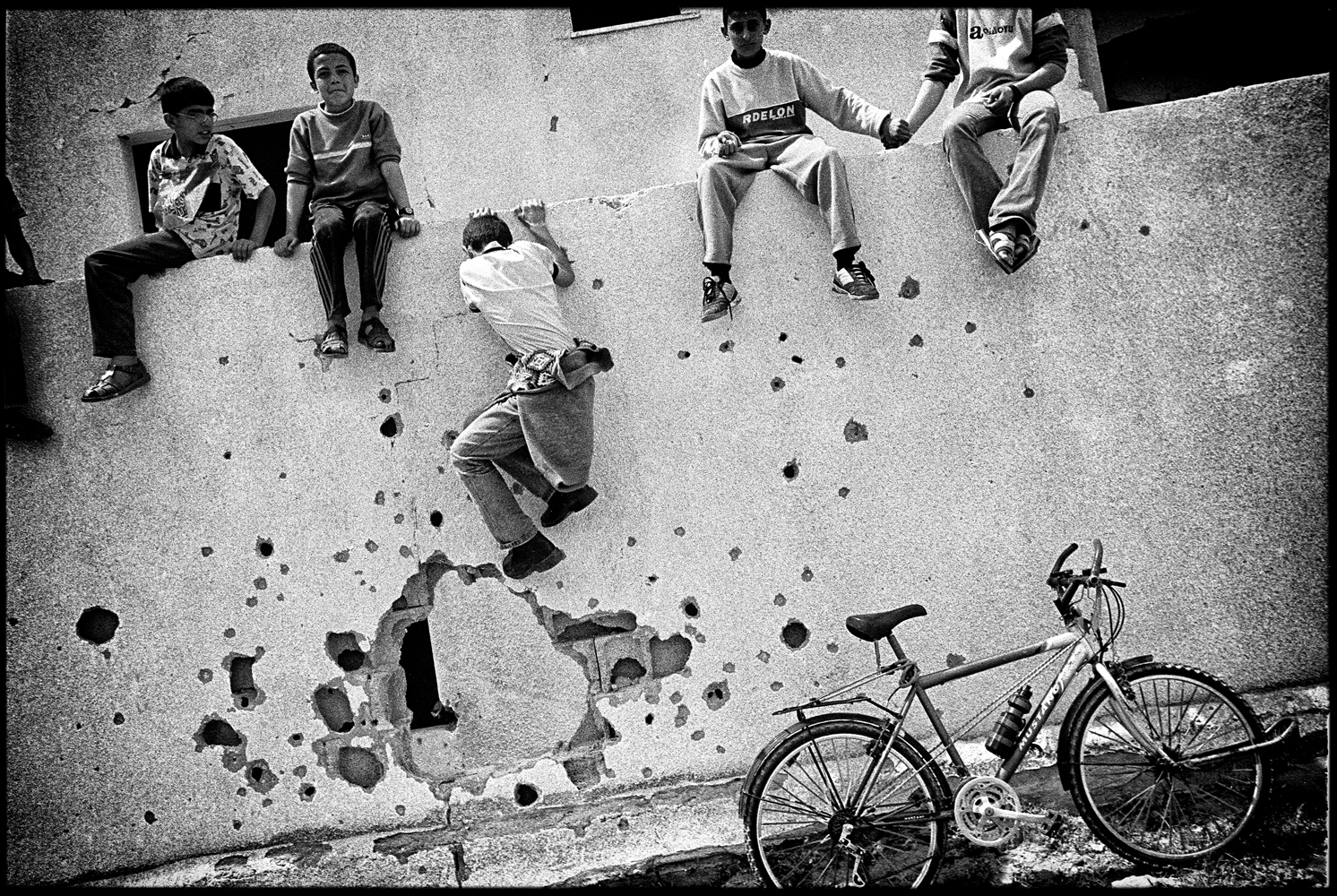
I stay in New York for several years and then one day I have to leave the country because I don’t have legal papers. At the same time, I got an order for language books, which will allow me to go around South America first stage, Mexico, then Guatemala, Peru, Argentina, Venezuela, and Puerto Rico. In Peru, I meet a Swedish nurse, whom I will join a year later and travel to South America again. With Marja, we leave Bolivia during our trip to Argentina to follow the commemoration of Péron death. I then met photographers like David Burnett, Alain Nogues, and Chas Gerretsen, then we went to Tierra del Fuego, and then, on our way back with Marja, we decided to go to Santiago de Chile to try to cover the first anniversary of the coup d’ état.
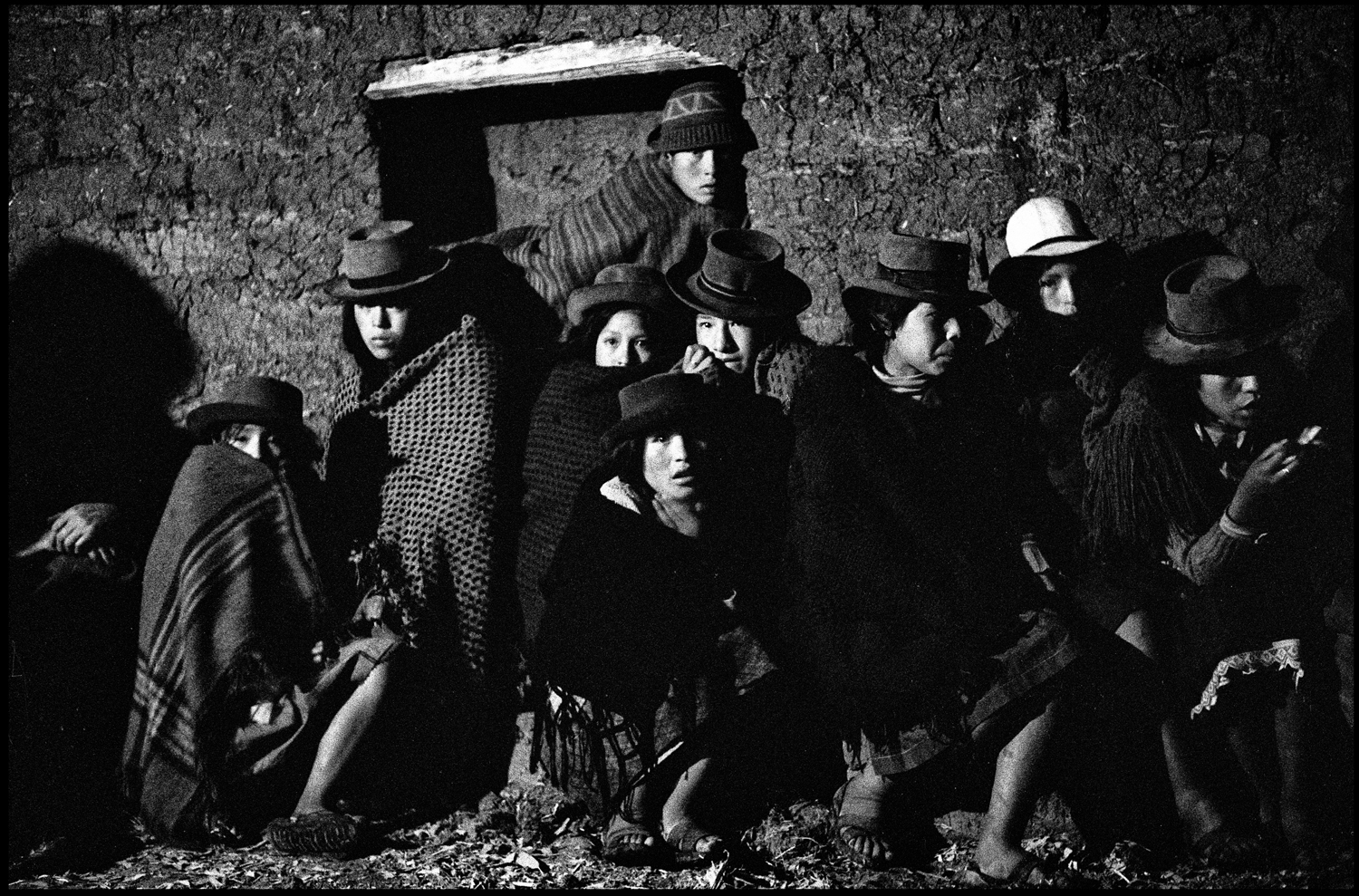
The Sigma New York office advised me to go back to Paris to meet Sygma’s founder, Hubert Henrotte. From thread to thread, I’m starting to make news. The agency sends me to Yugoslavia and Portugal. I arrived in Lisbon two days after an attempted coup d’état, obtaining an assignment for Time via the Sygma agency. I’ll be there for three months. During a demonstration, some people think that I am a Cuban spy and I avoid lynching. However, I lost my Nikon F. The news later brings me to Spain to cover political events following Franco’s death. In Barcelona, I got caught by the grays, the Spanish police, who beat me up and broke all my photographic equipment. No more cameras, I find myself naked in the middle of the Ramblas. I call AFP in Madrid where I have a journalist friend. A special flash is broadcast on French radio stations. Then I cover Iran and the civil war in El Salvador, and many other stories. At the time, I was traveling almost 8 months out of 12!
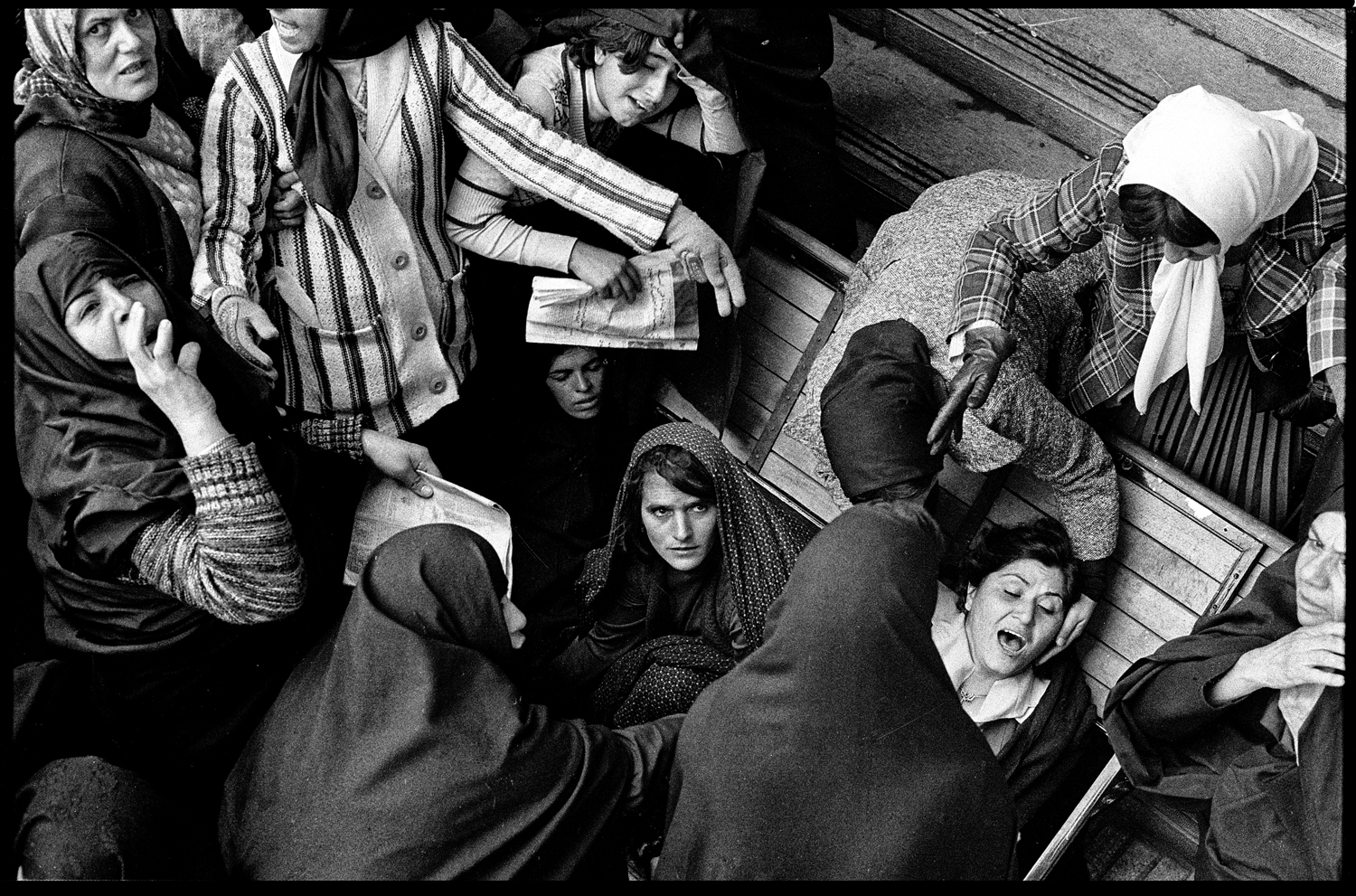
In 1985, when I moved to Ethiopia, Sygma had just set up a TV department. These were the beginnings of the French channel Canal Plus. They needed outside content and the agency had won contracts with these channels. I joined the TV crew for Ethiopia. The revolutionary government of the time did not like the press very much. We had guides and drivers who constantly controlled us. With Médecins Sans Frontières we went to northern Ethiopia, to Korem camp, one of the largest refugee camps. When we left the camp, it suddenly started raining after two years of drought. There was a family who protected themselves from the rain by being part of the tree. We stopped and I took a picture. It is thanks to this photo and work that I got the World Press category nature in 1986. That same year, I also won the Paris Match prize. The reception at the hotel in Lassay, with the French politician Jacques Chaban Delmas was quite moving, I was very intimidated. Today I have much more confidence in myself. My parents were there for the occasion. That was fun.
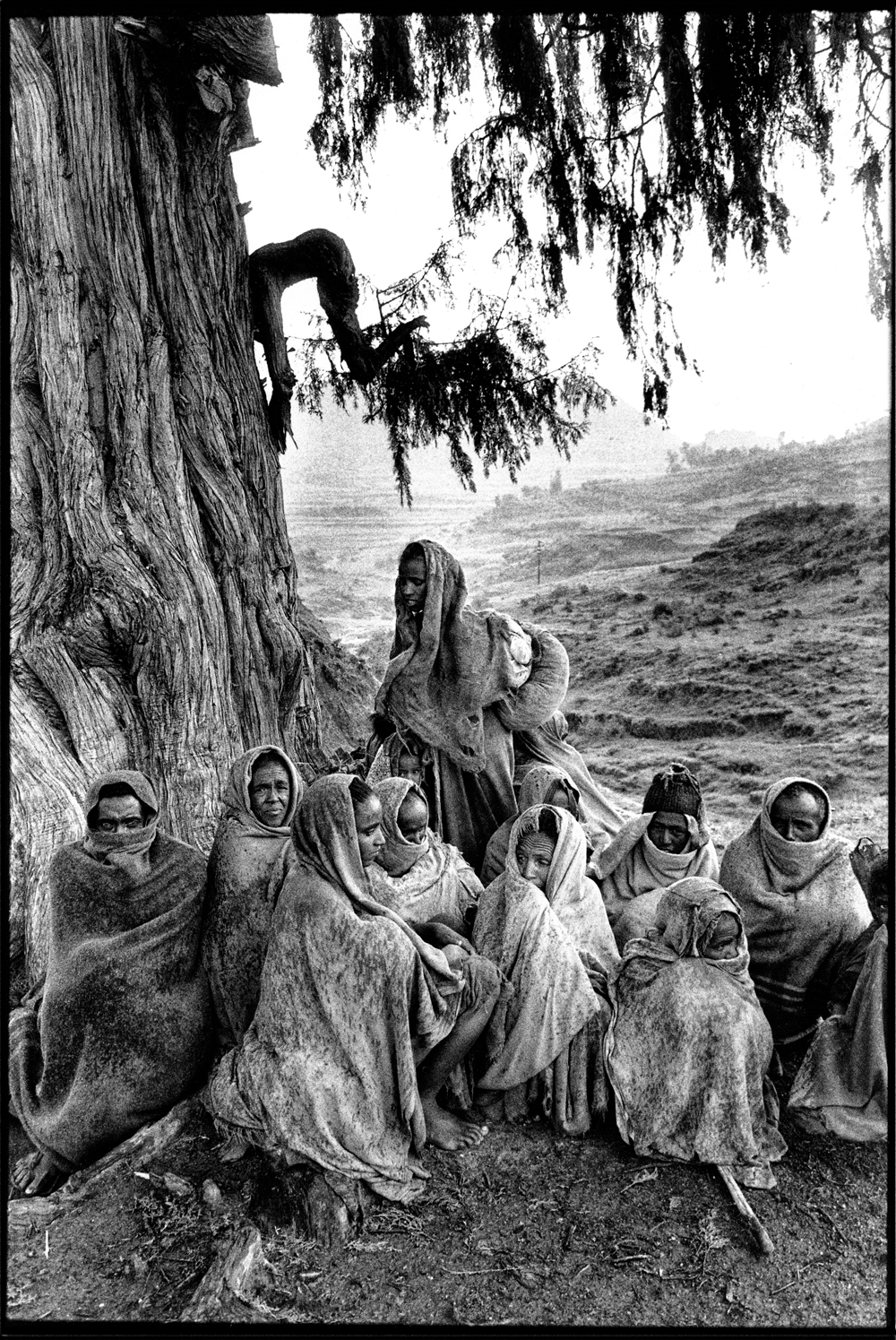
« My dream of working on photographic essays began when I left the world of big agencies. »
I stayed 12 years in Sygma. I was one of the few photographers who wanted to leave for 3 months to do deep work and the panorama of a country. No photo essay but rather archival work. I dealt with all types of subjects. The army, politics, industry, the social. I used to take more personal photos with my Leica, always filled with black and white films, in addition to color-loaded cameras.
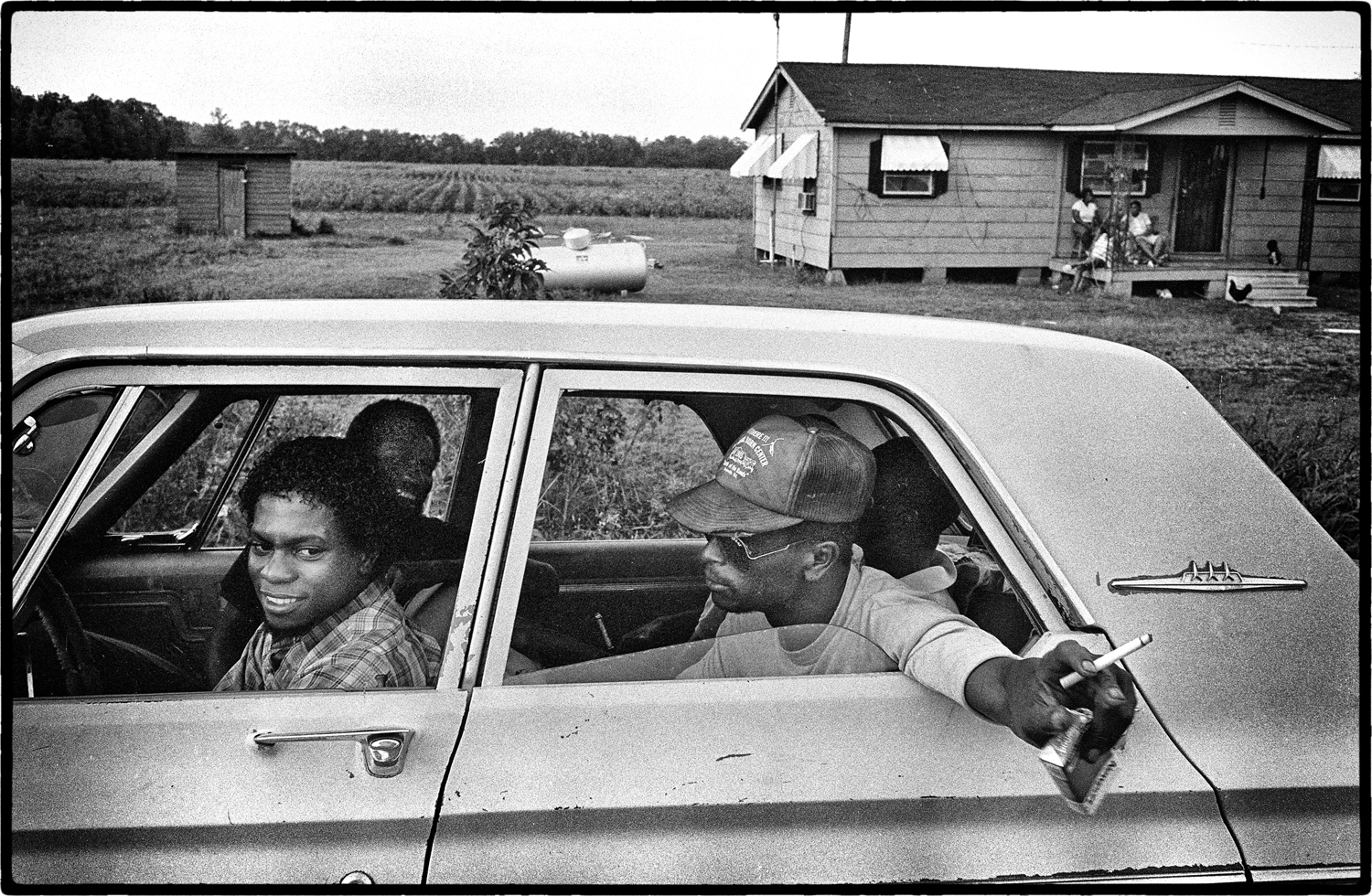
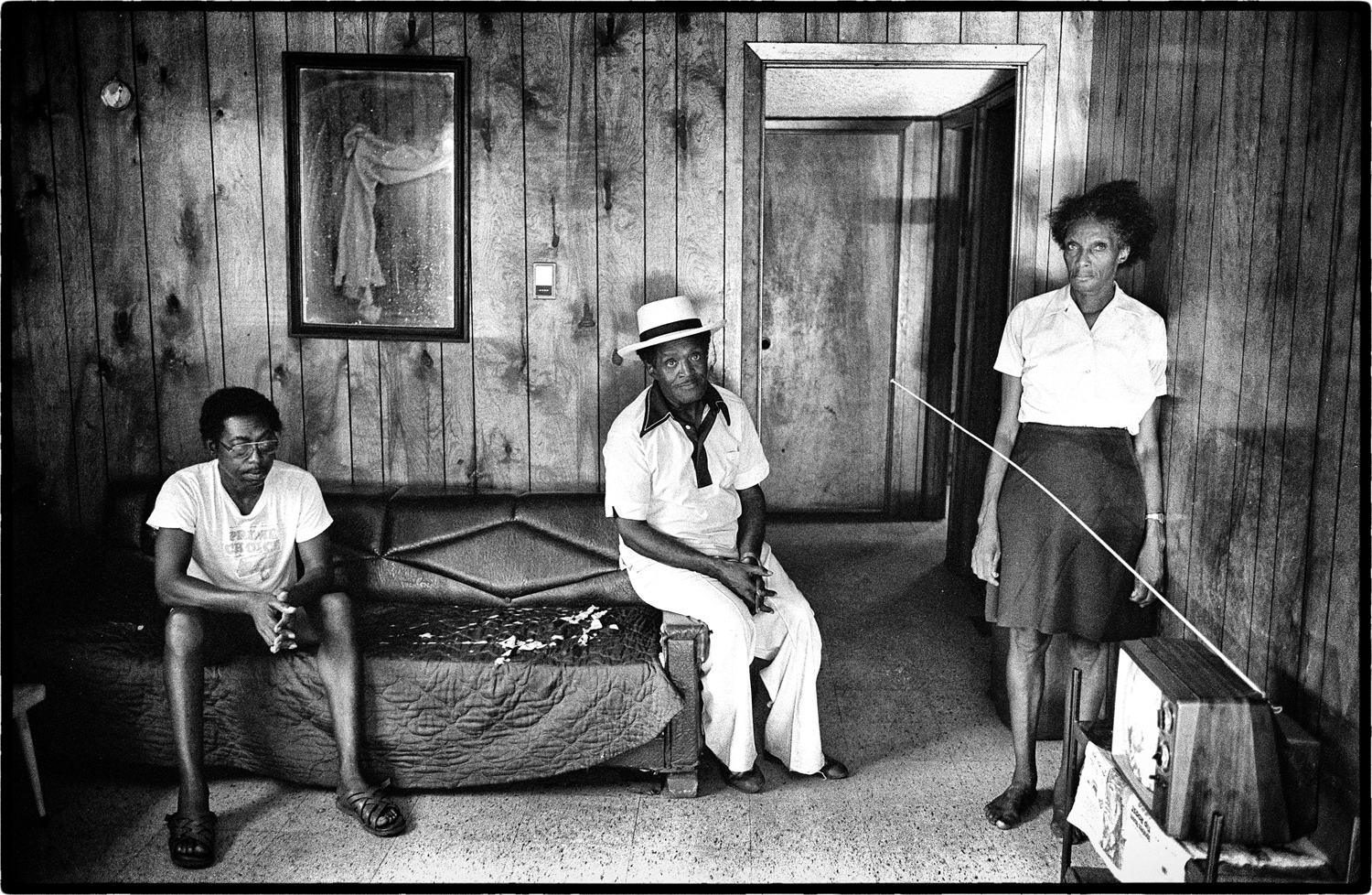
My dream of working on photographic essays began when I left the world of big agencies. When you were covering an event or order, the agency would give you guarantees for 3 or 4 days, sometimes a week. The news came back, she asked you to go home. And it was at that very moment that we had to stay so that we could use the first seeds sown by meeting people. That was when you had to dig, stay, and keep working. It was my dream and I was frustrated that I couldn’t make it happen.
I resigned from Sygma in 1987. I did not regret leaving the agency environment. A few years later, all of them disappeared. This new episode of my photographer’s life teaches me to become independent. I get magazine commissions. I founded the Odyssey agency, which exploded in 1993 following internal disagreements.
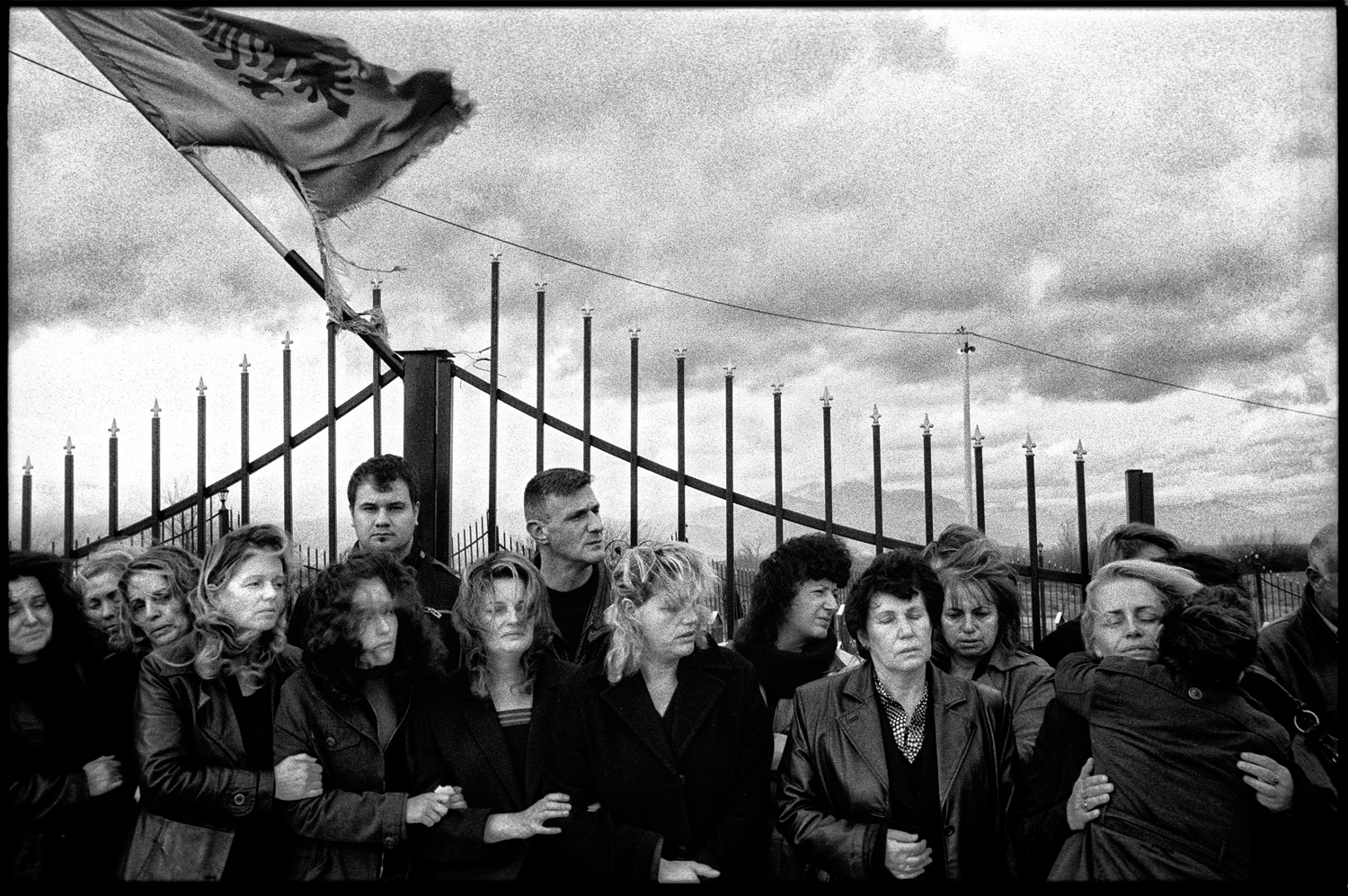
In the mid-1990s, I made a timid attempt at Magnum by approaching several photographers. In Paris, one of them tells me that I’m not doing anything Magnum doesn’t do. That was when Martin Parr had just joined the agency. His different approach allowed the agency to take a new direction. Magnum was the agency I was dreaming of, but I let it go. I told myself I wasn’t catchy enough to have to fight, to make the retape with everyone. So that such a person would recommend me to such and so on. I can’t stand it, I’m not very comfortable selling myself. I don’t regret it, I nevertheless made my way, with only one regret, from not having started my work earlier.
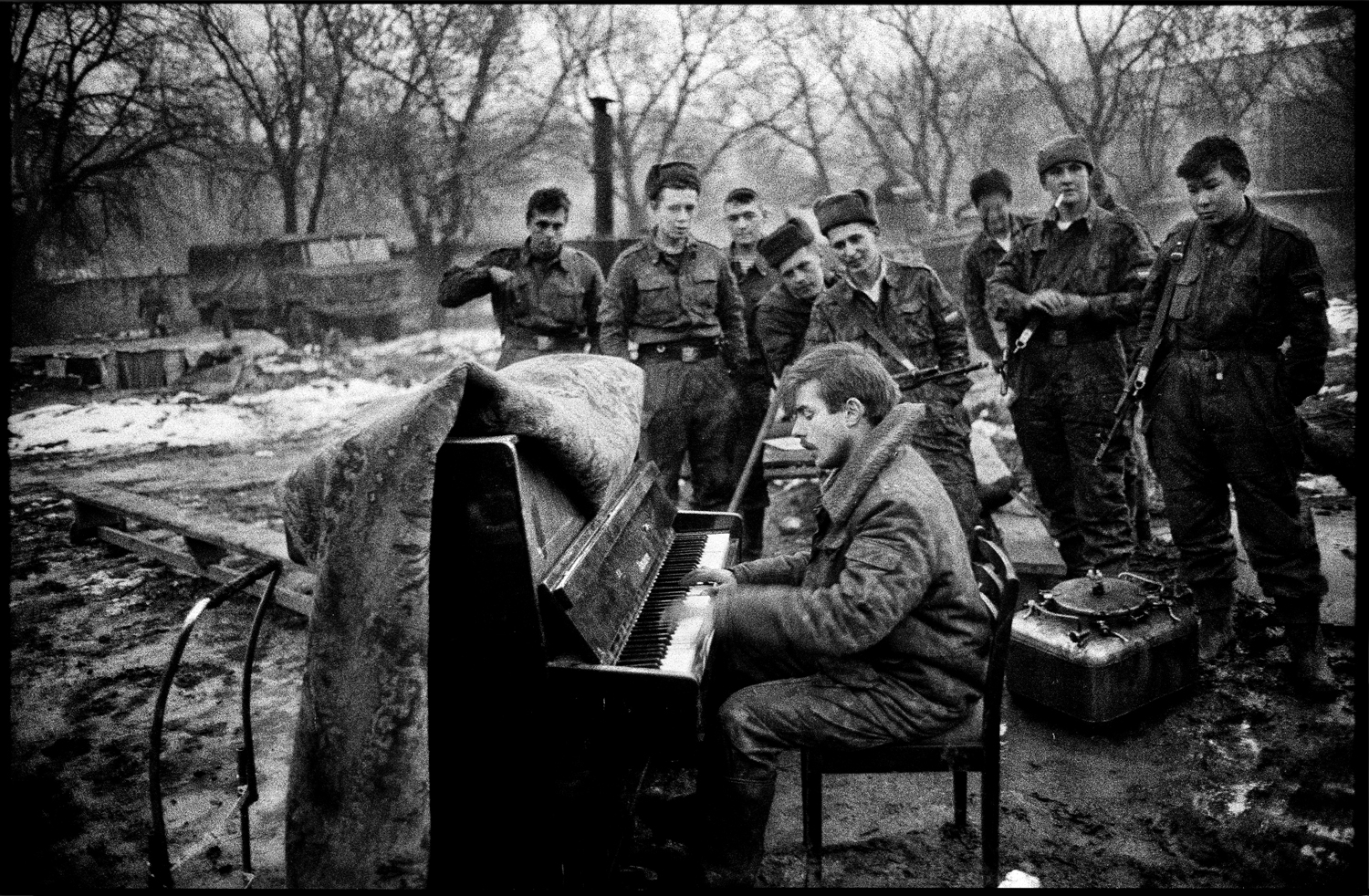
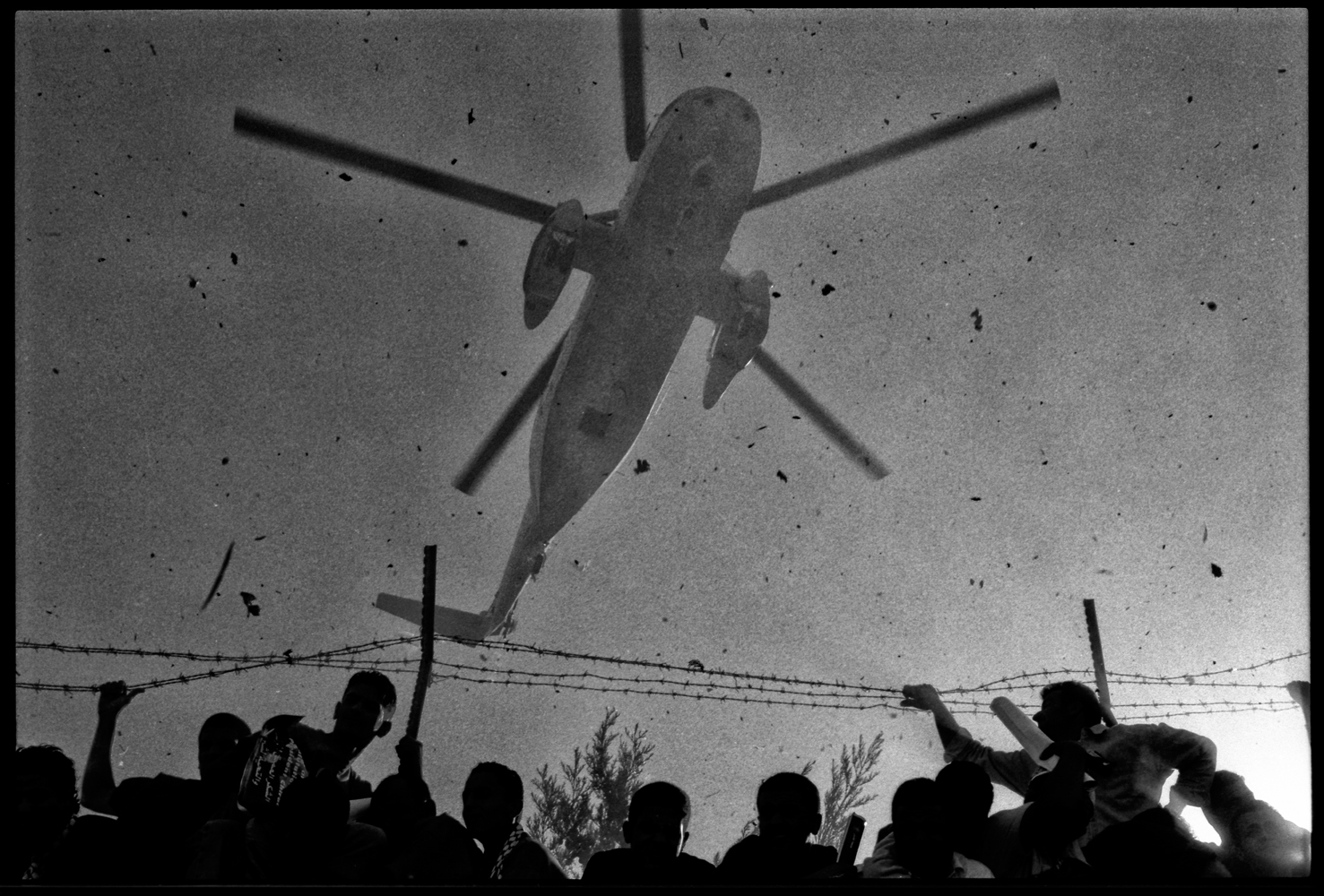
« I think that the photographer should keep watching and learning. You are a photographer until you can no longer walk or see. You must continually evolve and take pictures by being curious and observant of everything that happens. Everyone brings their own stone to the edifice. We have to feed on it to evolve. »
Then in 2008, I joined the MYOP agency. They had contacted me and informed me of their desire to create an intergenerational structure. My answer was not immediate but I finally accepted. This is the best thing I’ve done in a long time. Usually, you work with people your age. At MYOP, I find myself with people of different generations, with great ideas, and who are very nice to me. I am fascinated by the work of young photographers and the evolution of photo approaches and visuals. Their work and approaches are more personal. I’m also interested in social networks, especially FB because I see a lot of things there. I made a blog there, » The Diary of a Photographer », which allows me to resume all my life as a photographer, to publish my images, and to add texts, outside the fields of my photos.
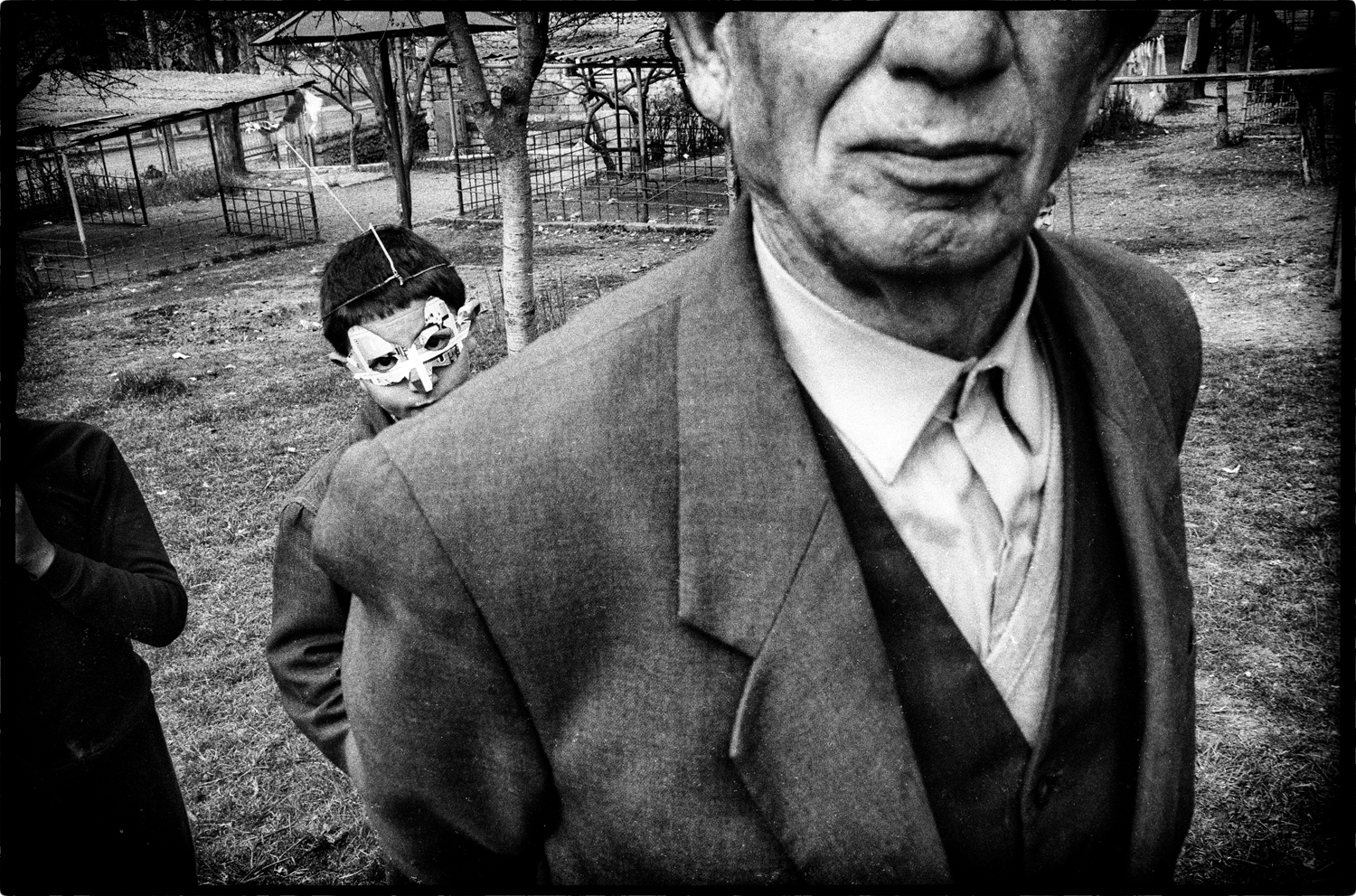
I think that the photographer should keep watching and learning. You are a photographer until you can no longer walk or see. You must continually evolve and take pictures by being curious and observant of everything that happens. Everyone brings their stone to the edifice. We have to feed on it to evolve. My photo approach is marked by strict framing, but sometimes we have to get out of it and try something else. I have a project with XPAN, landscapes that complete the rest of the work, more classical in its form. I started using the digital iPhone, with Hipstamatic, used in Slovakia a work during the winter of 2011-2012.
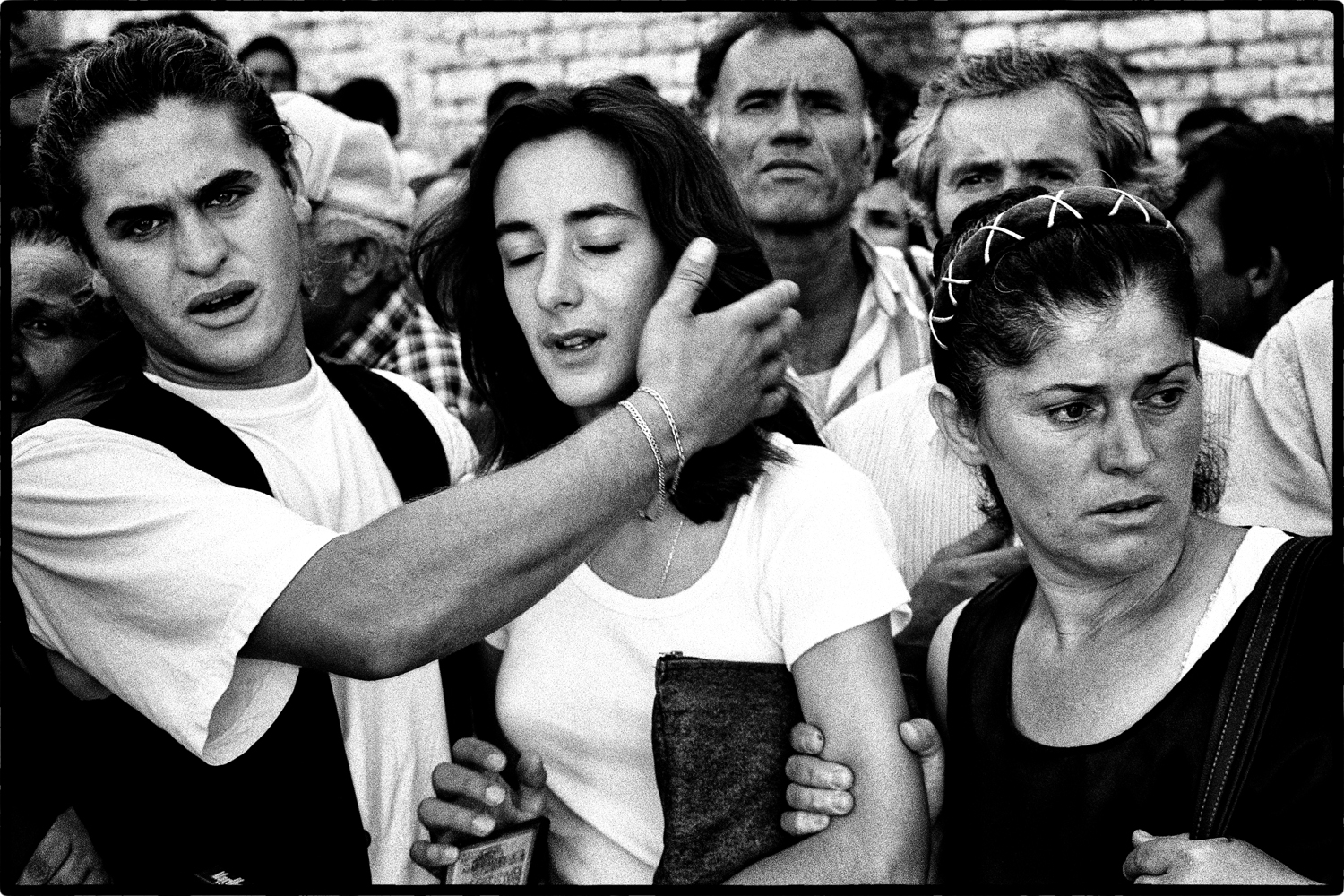
Today I am working on my archives, notably through my blog Le Journal d’ un Photographe. The contact board is irreplaceable. It represents the photographer’s diary. I find isolated, sometimes strong photos that I’ve never seen before. Your eye continues to work and evolve. My idea with « a photographer’s diary » is to tell the story of a photographer’s daily life and not to show only the best photos. Because in our work we are confronted with a lot of things. There are days when we struggle and it is more difficult to take good photos. The work of a photographer is an ensemble that mixes strong and weak photos. These weaker photos serve as hyphens. Kind of like in a movie. When you go to see a feature film, you have very strong moments and less strong moments. Both form a continuity telling a story.
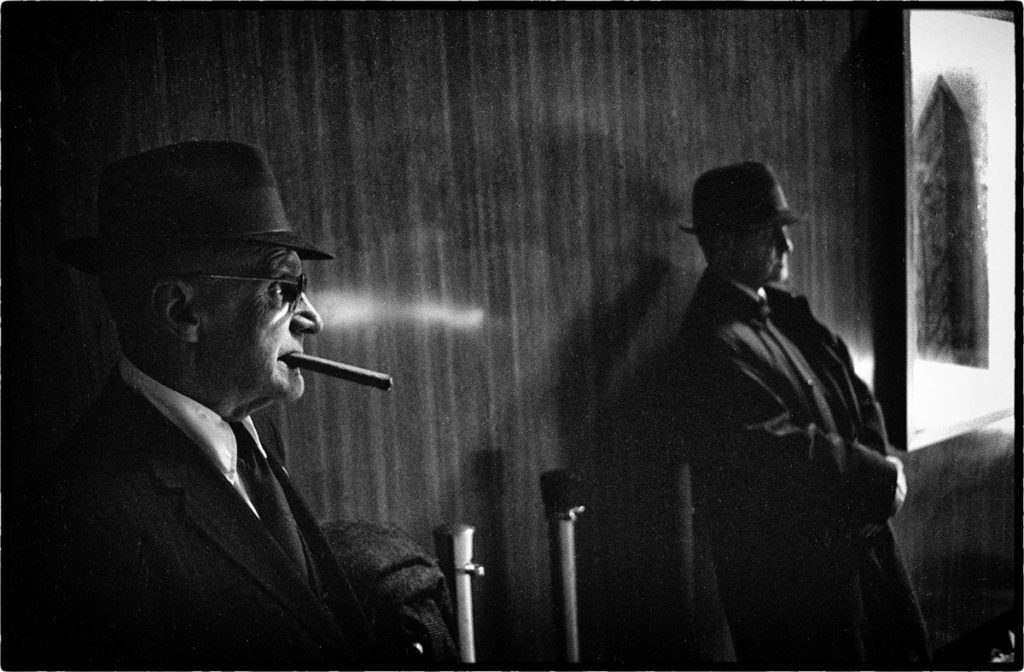
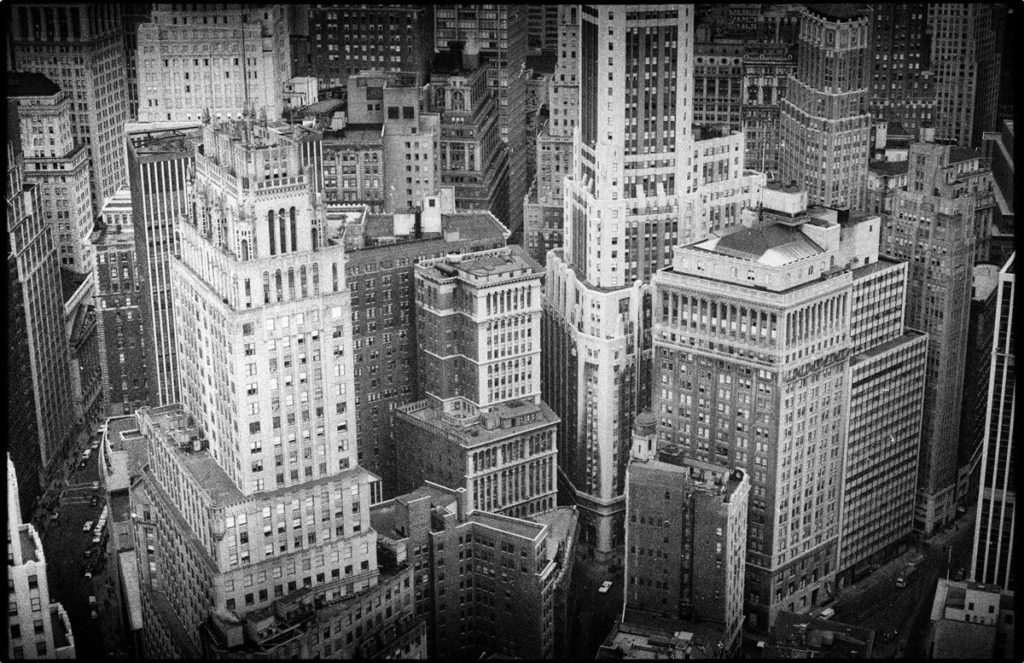
Through my archives, I also make more personal photographic objects. Large-format 28-page prints, called Fragments. You can see them on the MYOP website in the portfolio section. I try to create blends through different themes of my life as a photographer, for example, my first photos of young photographers, Vents d’ Est, Ethiopia, my family, my parents. In these projects I don’t want to put famous figures but just people like you and me, like my parents. I think it’s important to show photos from personal projects that we believe in. It’s the life of a photographer. The strengths of a life. Even if it’s not always photographed, I think it’s important to show these pictures.
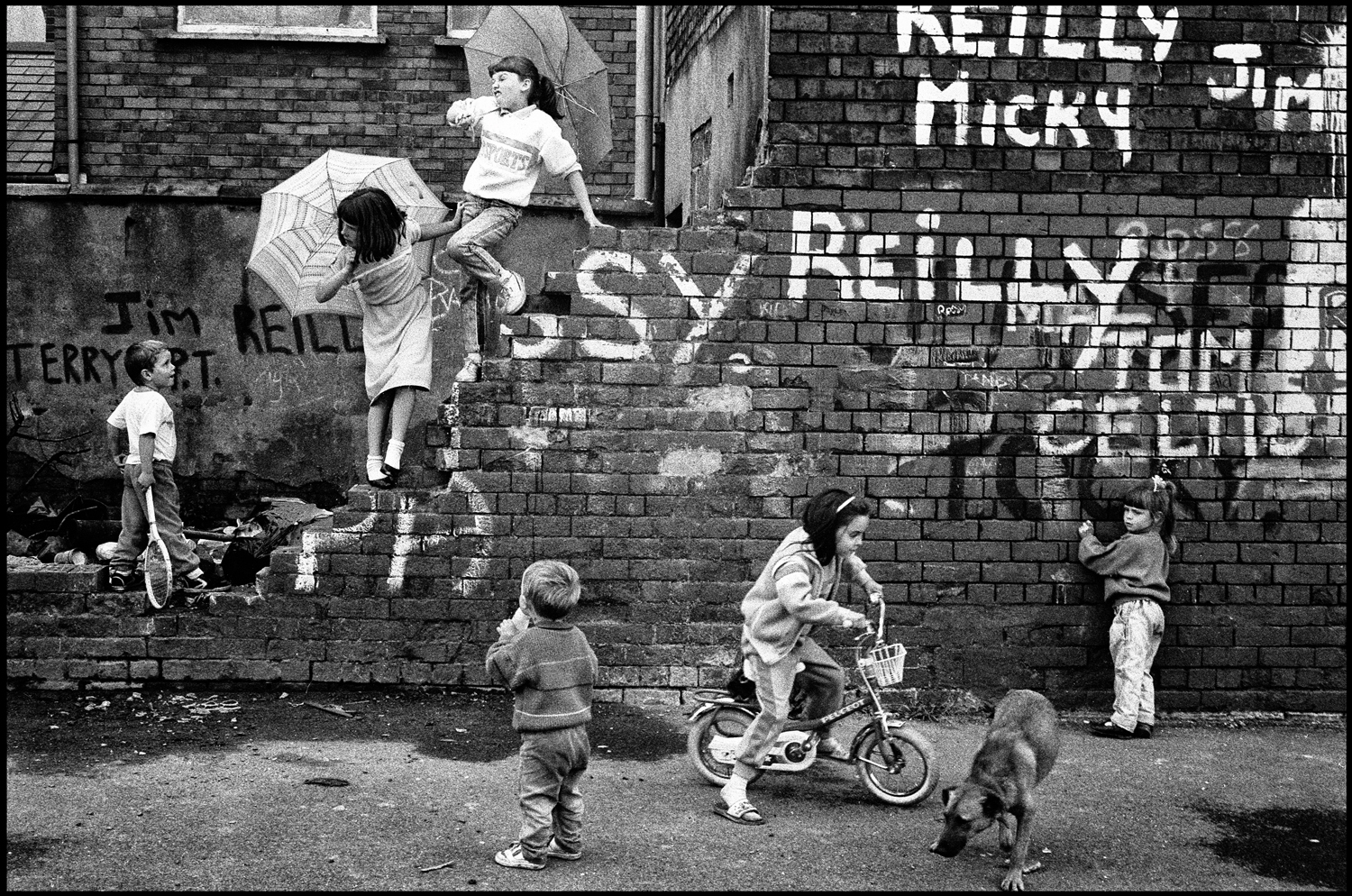
I do this job out of passion and I continue to be passionate. The image always fascinates me. It’s my life record. I like classical music, but I’m not a musician. I like to write, but I’m not a writer. I love cinema but I’m not a filmmaker. The photo is a bit of a mixture of all that. It’s writing, music, cinema. One photo stays. You can slip it into your wallet. She has a strength, an extraordinary emotion, especially if it is relatives who have disappeared.
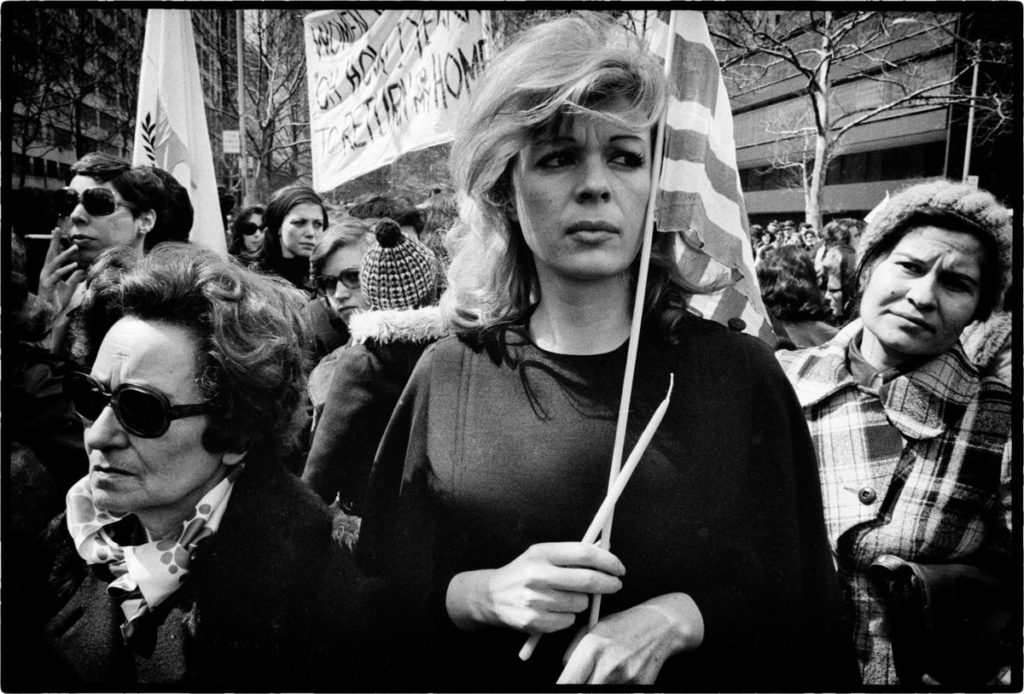
Conversation with Kalel Koven / Jerome Lorieau
Photographer’s Links: Alain Keler / MYOP – Blog « Journal d’un photographe »
Exhibition: Fisheye Gallery / March 11 – April 30, 2021

